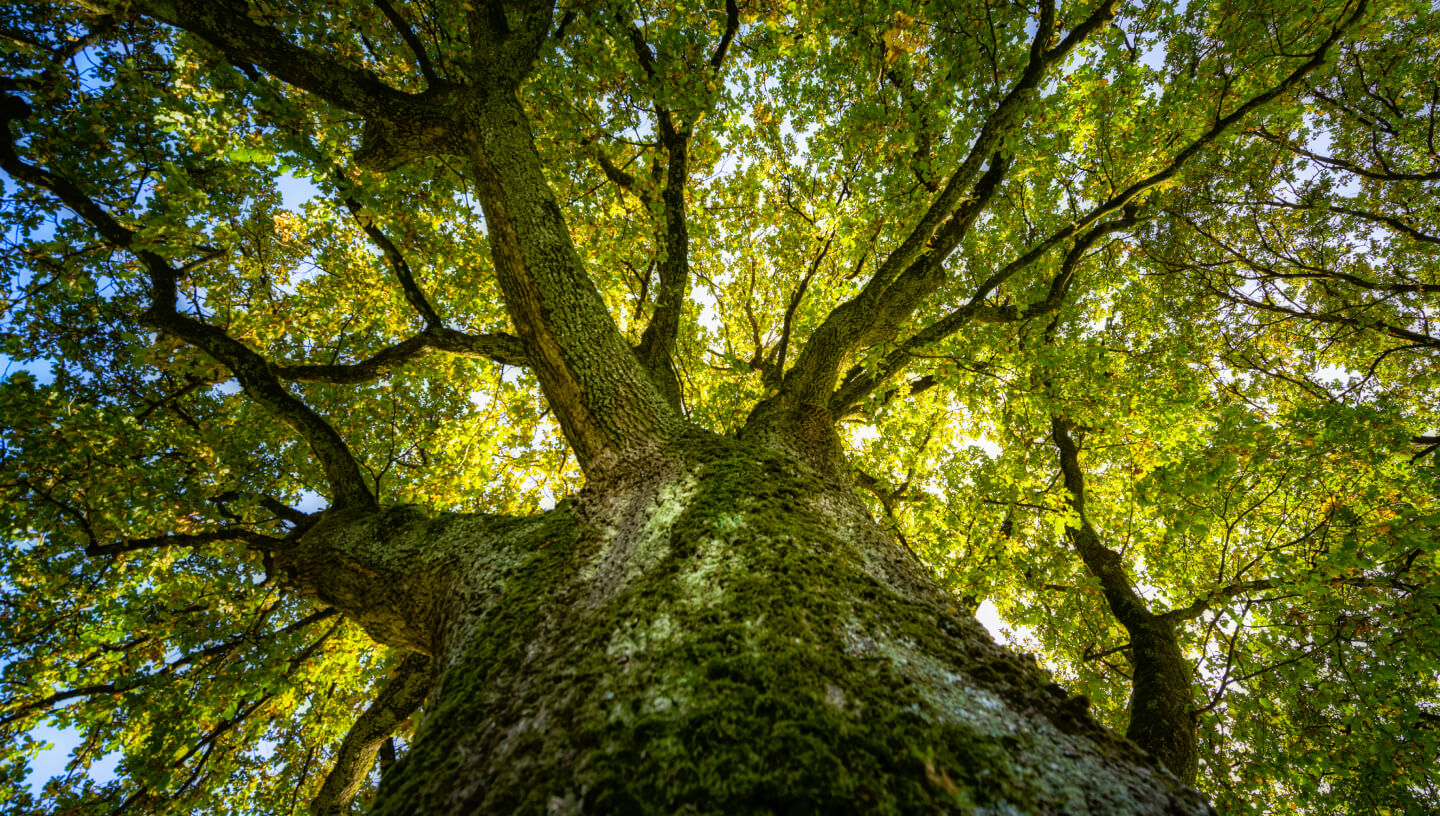31.10.2022
Preserving ancient trees will help fight climate change
 Photo by: martinwimmer / iStock
Photo by: martinwimmer / iStock
Trees, many hundreds or even thousands of years old, play a vital role in conserving biodiversity and ecosystems, providing stability, resilience and protection for the natural environment at risk. The conservation of these trees and their important role in combating climate change is the subject of an article by a team of ecologists published in the journal Trends in Ecology & Evolution.
“Ancient trees are unique habitats and essential for the conservation of many endangered species because they can withstand and mitigate climate warming,” write the authors of the paper. For example, some of the ancient trees, such as the Pinus pines in the White Mountains of the USA, can live for up to 5,000 years and act as a major carbon store.
Ancient trees are also unique in that they are foci of mycorrhizal relationships, a symbiotic relationship with underground fungi that supply plants with many of the nutrients needed for their survival. This symbiosis with fungi helps prevent or reduce drought during the relevant period. Now, unfortunately, ancient trees are disappearing around the world at an alarming rate.
Researchers suggest a two-pronged approach to protecting ancient trees: first, preserving these trees by propagating and conserving germplasm and meristematic tissue, and second, planned integration of full protection and reforestation.
The article says: “Ancient trees retain key functional traits and biodiversity both above and below ground. These trees have a great capacity for regeneration (both vegetative and through seed production). Conservation of these forest patches can reset the entire ecosystem. For example, despite the intensive exploitation of beech forests in the Apennines (Italy) in the early twentieth century, severely disturbed ecosystems relatively quickly regained structure and function, thanks in part to the remains of ancient trees that facilitated natural regeneration and sustainability”.
At present, the protection of ancient trees in forests, woodlands, historic gardens and urban and agricultural areas is still limited by the national policy principles of each individual country. The authors of the article also noted that the Convention on Biological Diversity and Sustainable Development, in paragraph “Goal 15 ‘Life on Land’” of the 2030 Agenda, should include mapping and monitoring of old-growth and ancient trees as key indicators of the effectiveness of protected areas in maintaining and restoring forest integrity for a sustainable future.
“We call for international efforts to conserve these centres of diversity and sustainability. A global coalition using advanced technology is needed before they disappear. Action by community scientists is needed to locate, protect and propagate ancient trees,” ecologists said.
Cover photo: DCorn / iStock


























Comments